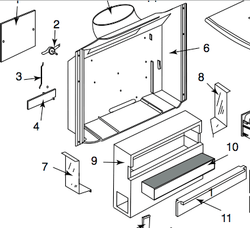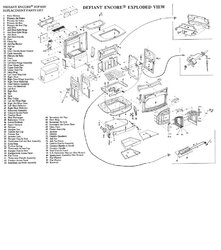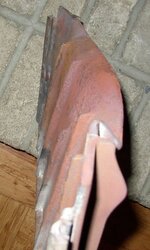Hi -
Just had my chimney swept by a local, reputable place. While cleaning out the debris from the chimney (via the stove), some loose pieces of ceramic insulation came out from behind the damper door. I spoke to a local VC retailer, and they mentioned that the cat sits inside of this insulation, and "shouldn't really be pulled out". However, what came out was above the cat, almost blocking the path taken by exhaust gases behind the damper.
I've searched all of the internet, and the hearth.com Q&A;sections, for anything on this internal ceramic wool insulation, and have found nothing.
How critical is this insulation to the proper functioning of the stove, and should it only 'cradle' the cat (and not be directly behind the damper?
Is it safe to use the stove without this damper insulation?
Thanks in advance for any help!!
Denis
Just had my chimney swept by a local, reputable place. While cleaning out the debris from the chimney (via the stove), some loose pieces of ceramic insulation came out from behind the damper door. I spoke to a local VC retailer, and they mentioned that the cat sits inside of this insulation, and "shouldn't really be pulled out". However, what came out was above the cat, almost blocking the path taken by exhaust gases behind the damper.
I've searched all of the internet, and the hearth.com Q&A;sections, for anything on this internal ceramic wool insulation, and have found nothing.
How critical is this insulation to the proper functioning of the stove, and should it only 'cradle' the cat (and not be directly behind the damper?
Is it safe to use the stove without this damper insulation?
Thanks in advance for any help!!
Denis





 You can expect to pay about $130 for that part.
You can expect to pay about $130 for that part. 
